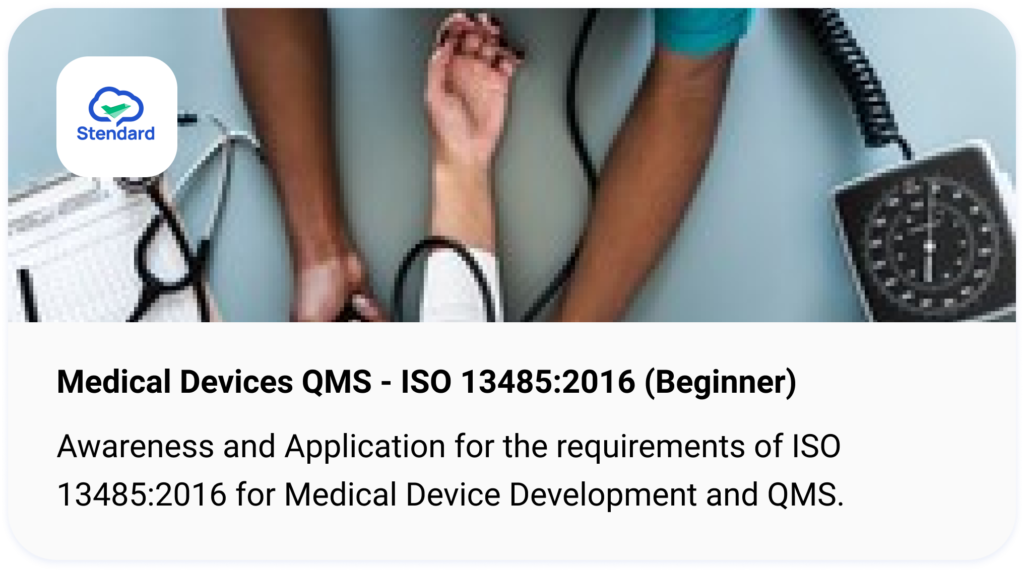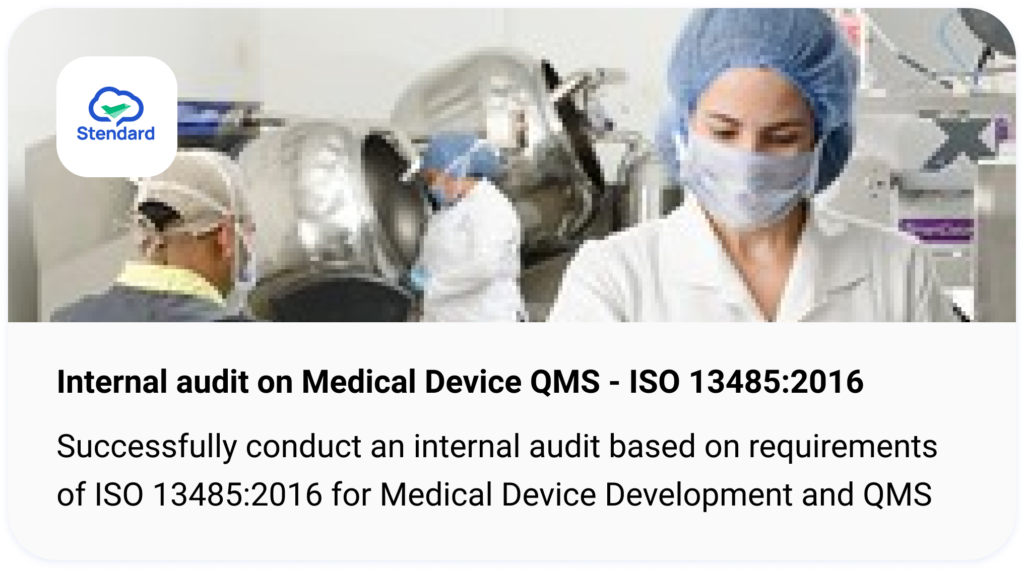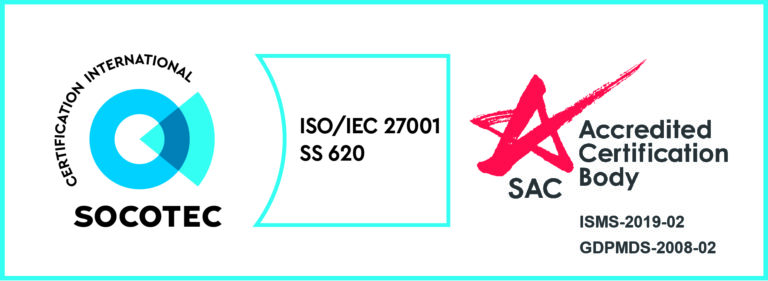We all make mistakes at some point in our domestic or professional life, but not all are a source of embarrassment. The ones that adversely affect your work and wellbeing should be identified, noted in black and white, and the root causes analysed to design a corrective and preventive plan.
Companies use corrective action to benchmark behaviour or performance that needs preventive actions or intervention to prevent recurrence and continuously improve their overall management systems.
The source of corrective action can arise from a customer complaint, customer audits, unacceptable behaviour, or part of a company’s search to identify the underlying cause of an untoward event.
These measures can be done in several ways, including identifying root causes, probing into an existing problem, risk-based thinking, creating measurable performance standards and several other methods.
In this article, we will tell you how a Corrective Action Process helps provide achievable solutions and meet performance standards. Let’s understand the process and find out what corrective action is, who needs a corrective action and why are corrective and preventive actions necessary for an individual or an organisation.
What are Corrective and Preventive Action?
Corrective action is an aspect of quality management systems, such as the ISO 9001, and a systematic process to identify potential problems, ensure compliance and maintain quality management across different industries. It aims to mitigate undesirable results triggered by a task, a process or even behaviour.
We can apply corrective measures to an individual, a task or the whole project where the product or service has deviated from the intended output. It helps rectify the process, function or behaviour that adds to the undesirable effects.
It is commonly required in other standards, such as Good Manufacturing Practice (GMP) and HACCP, for continuous improvement and quality management within the industry or an organisation.
What are the types of Corrective Action?
There are no specific international regulations on types of corrective action, and it depends on the industry you belong to. For example, in an occupational health and safety environment, the corrective action may be administrative, engineering control and PPE, while in HACCP, it will be hygiene and food safety.
In a corporate office building with customer services, the corrective actions may revolve around individual behaviour. The corrective action and preventive measures will include an oral warning, written warning, retraining, etc.
Application in the industrial domain
There will be more tasks or processes in an industrial domain that would require corrective actions. The coverage of the requirement can span across both products or services and can be used to address human, machine and environmental components.
What are Corrective Action Procedures?
Corrective action procedures, also commonly known as corrective action plans or processes, are guidelines written by every company or organisation to address what’s required when a problem or issue is identified. It guides in identifying the root cause, investigating the issues, implementing the solution and preventing future complications from recurring.
Designing the procedure
Clause 10 of ISO 9001 standards for Quality Management System mentions that the following steps help design a corrective and preventive actions process:
- Describe the problem in a corrective action request
- Assign the task to an in-house investigation team
- Select an immediate remedial action to be performed
- Identify the root cause of the problem
- Investigate further and determine the corrective actions
- Selecting the best corrective action plan
- Implement corrective actions to improve performance
- Verify the corrective action
- Determine a way forward to prevent recurrence; implement preventive action
The need of an immediate remedial action
When an issue occurs, the immediate thing to do is devise a quick remedial action. For example, a colleague slips and falls in your office’s pantry. There could be a few things that come to mind immediately:
- Is the floor slippery?
- Did someone spill their water but did not clean it up?
- Is there another immediate risk to address? E.g., broken glasses.
In this case, the immediate remedial action would ensure the colleague is well and safe and then immediately clean up the water spillage and another existing risk.
In an industrial example, immediate corrective action could be a product recall or even a gas leak check and properly ventilating a location before entering the confined space.
Identifying the root cause of the problem
After the remedial action, the next actionable item would be to identify the root causes. Thoroughly understanding this would be necessary for solving it and preventing it from happening again.
Using the above example, the incident might also be caused by oily flooring, or someone might not have cleaned up the floor after spilling their drinks. Depending on the root cause, the investigating team can now develop a few corrective actions to suggest to the management for prompt implementation.
Determining Corrective Actions
Some of the questions to ask when determining the best corrective action plan would be:
- Is it a reliable solution?
- Is it cost-effective?
- Is it easy to implement?
- Would there be any delay in implementation if we need interim solutions?
- Are there potential problems/complications from this plan?
Implementing and verifying the corrective actions
Ensuring that the corrective actions continue to remain effective is essential. It helps maintain the environment’s safety and ensures that your colleagues have an ideal workplace. It also paths the way for practical preventive actions to be implemented.
Referring back to the example above, the company can set three months to observe if the routine cleaning and warning signages being put in place have effectively prevented accidents.
Implementing preventive actions
Taking preventive action is vital to prevent the recurrence of events or activities that are a hurdle while complying with performance standards.
Preventive action is designed to last through a more extended period to ensure that the incidents’ probability of recurring incidents is as low as possible. In this case, the company can put up permanent signages, contract professional cleaning services, change to anti-slip tiles for floorings or even provide portable warning signs for anyone to use when any other incidents like this happen again.
Summary
Mistakes are part of domestic and professional work. Still, the ones that can adversely affect your work and wellbeing should be identified, noted in black and white, and analysed to design a corrective and preventive action plan.
Companies use corrective action to benchmark behaviour or performance that needs preventive actions or intervention to prevent recurrence and improve their overall management systems to meet performance standards. Corrective actions are problem-solving methods that we can apply to an individual, a task or the whole project where the product or service has altered from the intended output. It helps rectify the process, function or behaviour. However, it is essential to note that reliable, lasting corrective actions involve the entire team’s discipline and keep quality in mind at every part of the process.
It is a formal method, commonly seen as part of the ISO 9001 quality management systems and process, to outline problems and maintain quality across different industries. The approach to a corrective action depends on the type of your industry and workplace environment, and no two companies would have the exact solutions.
If you require any guidance in creating an effective corrective and preventive action plan, do reach out to our team, and we will be able to help!
References
- https://www.arenasolutions.com/resources/glossary/corrective-action/





